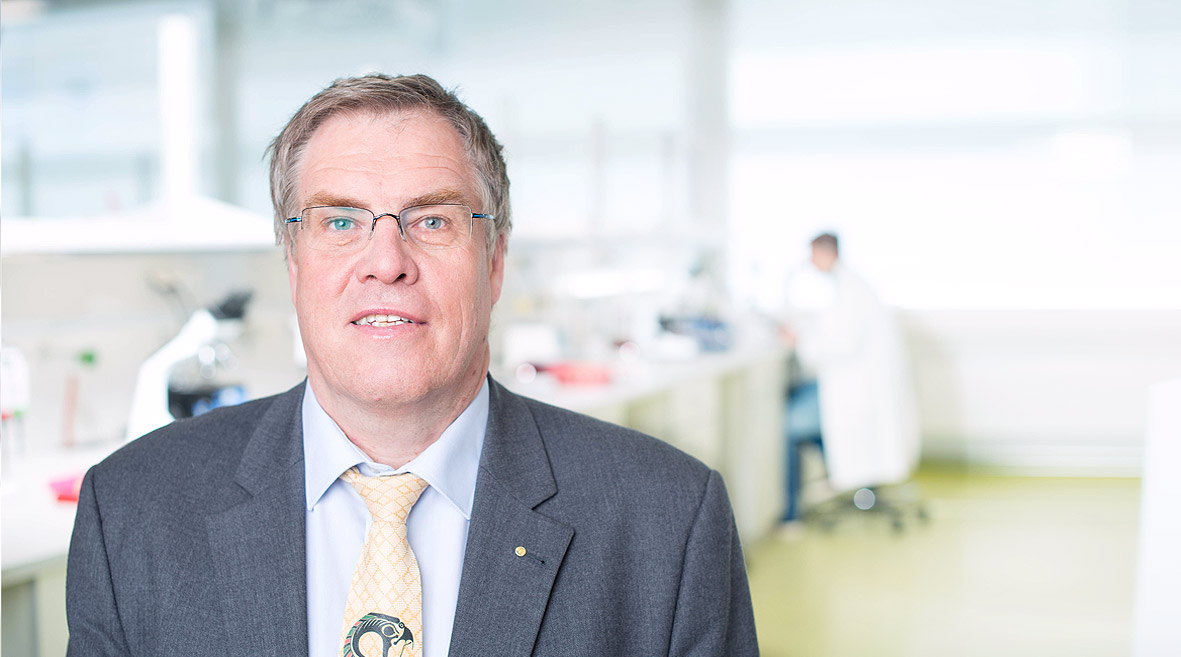Complement exerts several important functions, such as the attraction of immune cells (chemotaxis) and the direct (lysis) or indirect (opsonisation) destruction of the invader. However, complement has to be controlled to avoid unrestricted activation and damage of own cells. Würzner and international collaborators could show that C7, the central molecule of the so called terminal pathway of this system, is an important modulator of complement activation. Not surprisingly, most successful invaders also make use of these modulators or inhibitors by “hijacking” them for their own survival in the hostile environment of the host, resulting in a potent protection from complement attack on their cell surface. Here, factor H is the most frequently employed complement molecule.
As complement inhibitors protect own cells, mutations in these will markedly destroy both tissue and immune homeostasis, especially in the kidney. The then unrestricted activation leads to a severe renal disease, termed atypical haemolytic uraemic syndrome (HUS). A logical treatment – as mutations cannot easily be corrected - would be to remove the malfunctional molecules or to use inhibitors to down-regulate the activation: a humanised complement inhibitor, whose prototype was developed in Würzner’s lab in Göttingen, was able to ameliorate the clinical symptoms. The disease is termed “atypical”, because there is also a typical form, termed eHUS which is caused by enterohaemorrhagic E. coli (EHEC). As former head of the Austrian EHEC Reference Centre and complement expert it was logical to investigate the role of complement in the typical form as well.
RECENT PROJECTS:
The impairment of the immune homeostasis by acquiring inhibitors is executed not only by bacteria, but also by fungi, such as Candida and Aspergillus spp. One of the fungal molecules which bind such a complement inhibitor, factor H, has been identified by the Würzner group and knocked-out. The mutant, lacking the factor H binding molecule, was less protected, as expected, when compared to wild type, heterozygous mutant or revertant.
In the EHEC project complement has been demonstrated by them to be indeed involved in typical HUS as well: Shiga toxins, important virulence factors of the EHEC bacteria, bind to factor H, delaying and ameliorating its cell-protective function. Clinical data obtained 5 years after the acute episode strongly imply that these patients really have to be followed up for years, even if the acute phase is survived without serious complications.
COLLABORATIONS:
Strong collaborations with the groups of:
Lass-Flörl, Haas, Weiss, Grubeck-Loebenstein, Kronenberg, Marx-Ladurner, Stoiber






